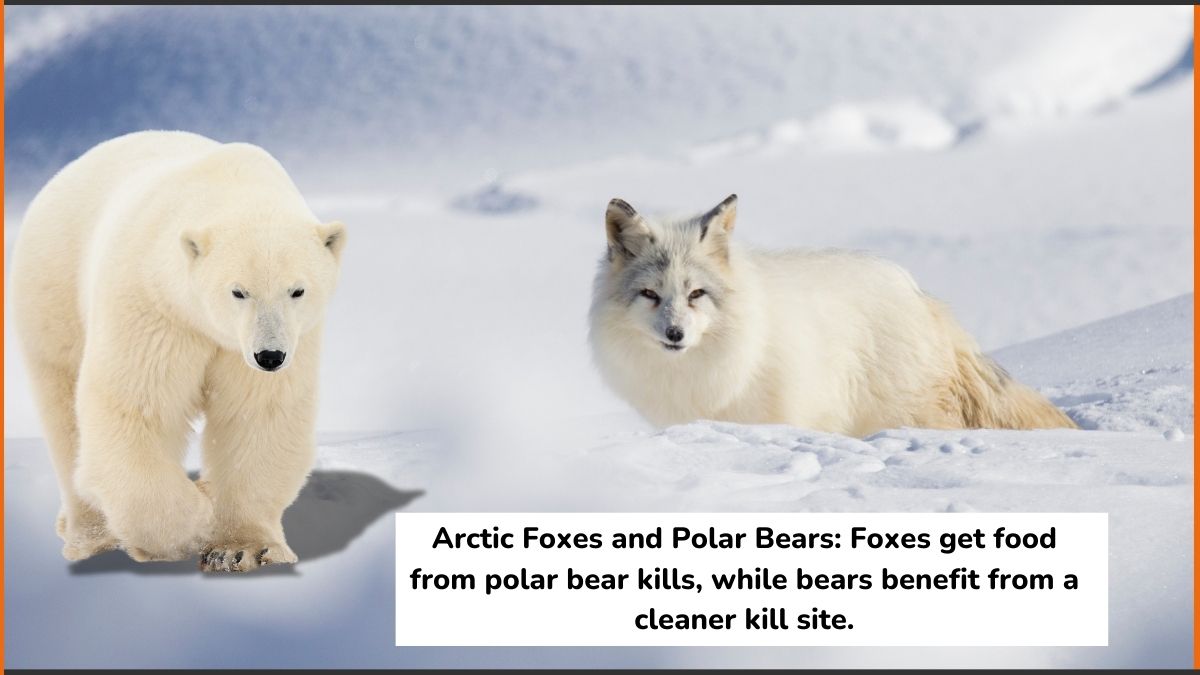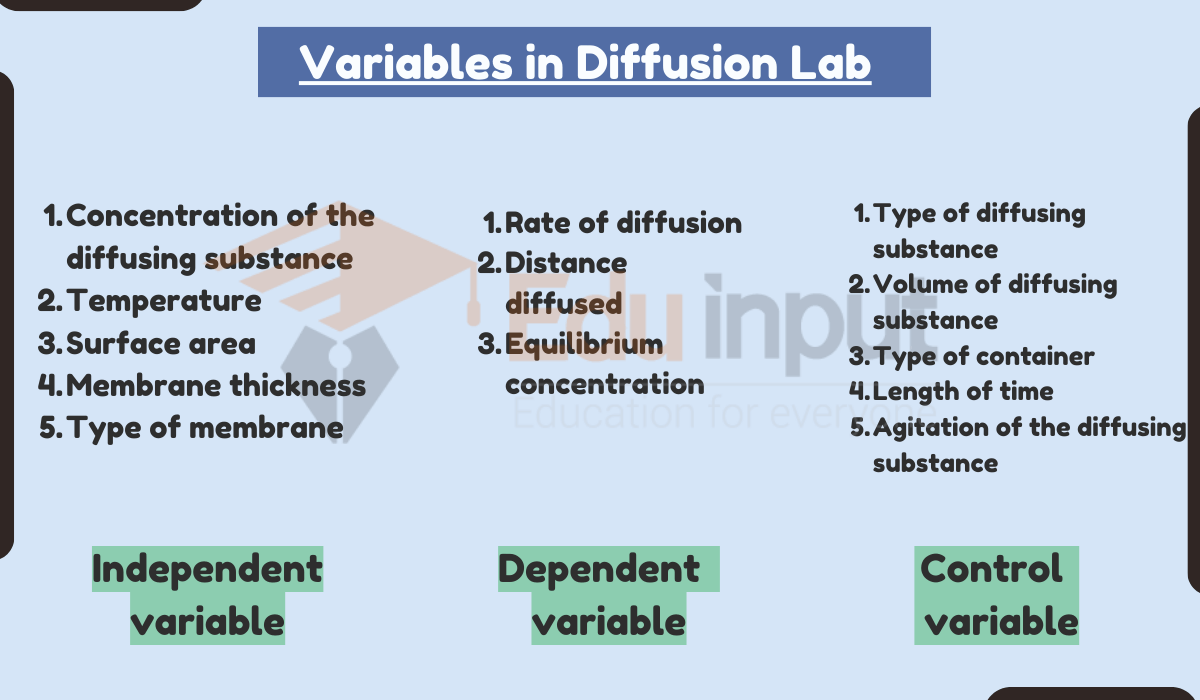20 Examples of Multicellular Organisms
Multicellular organisms are living organisms that are made up of two or more cells.
Examples of Multicellular Organisms
Here are some examples of multicellular organisms:
1. Human (Homo sapiens)
Habitat: Various terrestrial habitats
Characteristics: Highly developed nervous system, advanced cognitive abilities, complex social structures.
2. Dog (Canis lupus familiaris)
Habitat: Domesticated and wild environments
Characteristics: Domesticated companion, varied breeds, well-developed sense of smell.
3. Oak Tree (Quercus spp.)
Habitat: Forests, woodlands, and urban areas
Characteristics: Woody, perennial plants with deep root systems, produce acorns as seeds.
4. Elephant (Loxodonta spp. and Elephas spp.)
Habitat: Savannas, forests, and grasslands
Characteristics: Large, intelligent mammals with a long trunk and tusks, herbivorous diet.
5. Honeybee (Apis mellifera)
Habitat: Various ecosystems, particularly near flowering plants
Characteristics: Social insects living in colonies, important pollinators, produce honey.
6. Blue Whale (Balaenoptera musculus)
Habitat: Oceans and seas
Characteristics: Largest known animal, filter-feeder that consumes tiny marine organisms, migratory.
7. Rose Bush (Rosa spp.)
Habitat: Gardens, landscapes, and natural environments
Characteristics: Thorny shrubs with fragrant flowers, popular ornamental plants.
8. Ant (Formicidae family)
Habitat: Diverse terrestrial habitats
Characteristics: Social insects living in colonies, divided into different castes with specialized roles.
9. Whale Shark (Rhincodon typus)
Habitat: Oceans and seas
Characteristics: Largest species of shark, filter-feeder that consumes plankton and small fish.
10. Redwood Tree (Sequoia sempervirens)
Habitat: Coastal forests
Characteristics: Tall and long-lived trees, some of the tallest and oldest organisms on Earth.
11. Chimpanzee (Pan troglodytes)
Habitat: Forests and grasslands of Africa
Characteristics: Closest living relatives to humans, intelligent, capable of using tools.
12. Giant Panda (Ailuropoda melanoleuca)
Habitat: Bamboo forests of China
Characteristics: Solitary animals, primarily herbivorous diet of bamboo, iconic black and white coloration.
13. Sequoia Tree (Sequoiadendron giganteum)
Habitat: Mountainous regions
Characteristics: Gigantic trees with thick trunks, found in specific regions of North America.
14. Lion (Panthera leo)
Habitat: Grasslands and savannas of Africa
Characteristics: Social animals, apex predators, known for their majestic manes (in males).
15. Orca (Orcinus orca)
Habitat: Oceans and seas
Characteristics: Apex predators, known as killer whales, highly intelligent and social animals.
16. Apple Tree (Malus domestica)
Habitat: Orchards, gardens, and cultivated areas
Characteristics: Fruit-bearing tree, cultivated for its edible apples, various varieties.
17. Butterfly (Lepidoptera order)
Habitat: Various ecosystems, particularly near flowering plants
Characteristics: Flying insects with vibrant colors, undergo metamorphosis from caterpillar to butterfly.
18. Tiger (Panthera tigris)
Habitat: Various ecosystems, including forests and grasslands
Characteristics: Large carnivorous cats, distinctive orange coat with black stripes.
19. Oak Tree (Quercus spp.)
Habitat: Forests, woodlands, and urban areas
Characteristics: Woody, perennial plants with deep root systems, produce acorns as seeds.
20. Whale Shark (Rhincodon typus)
Habitat: Oceans and seas
Characteristics: Largest species of shark, filter-feeder that consumes plankton and small fish.





Leave a Reply